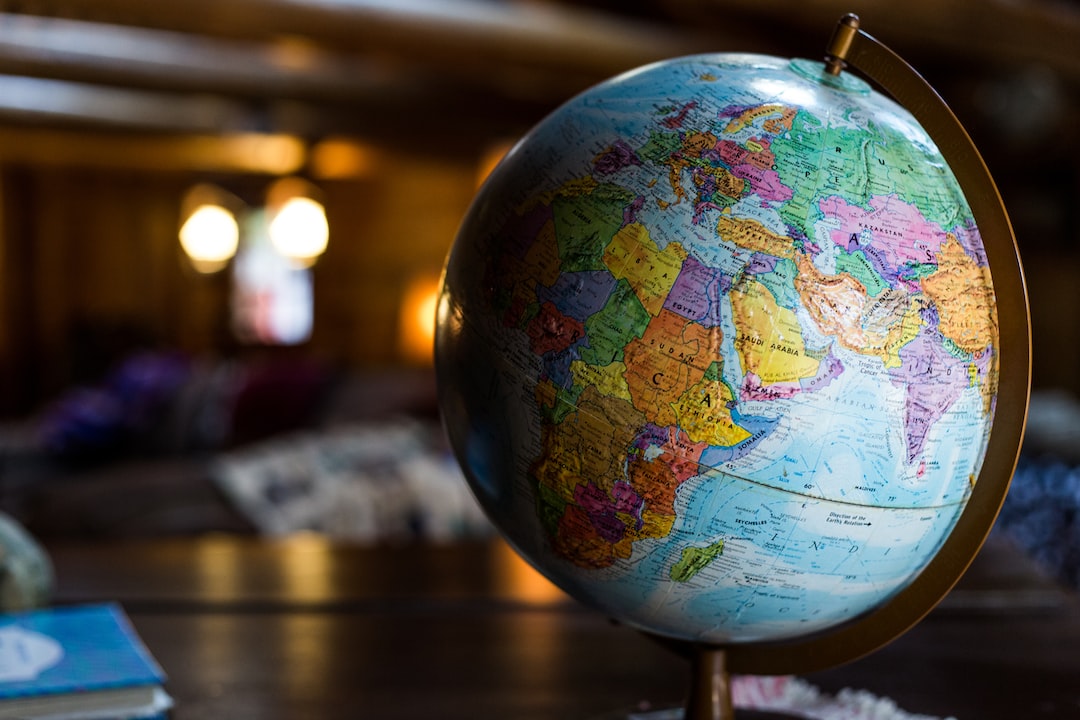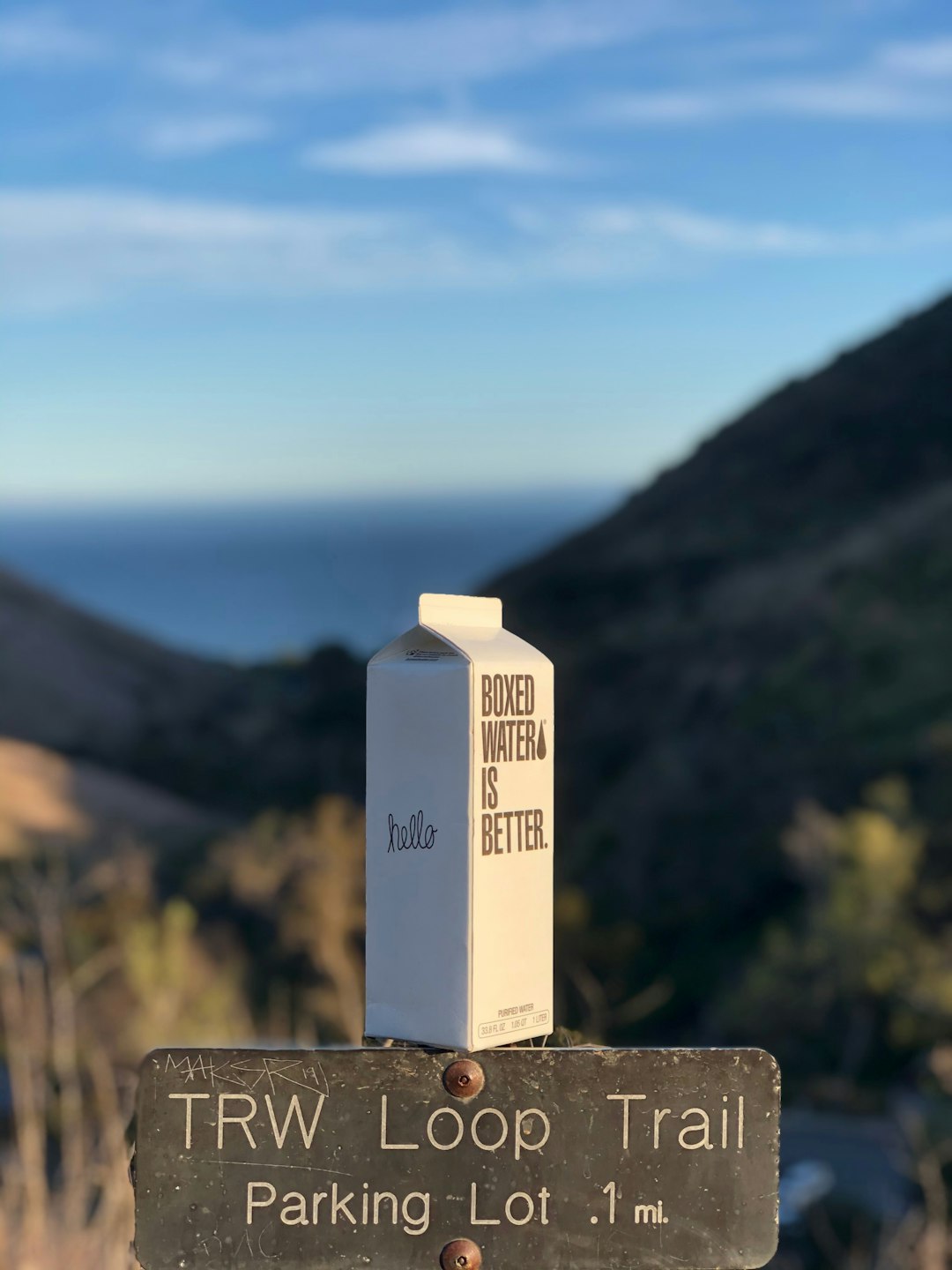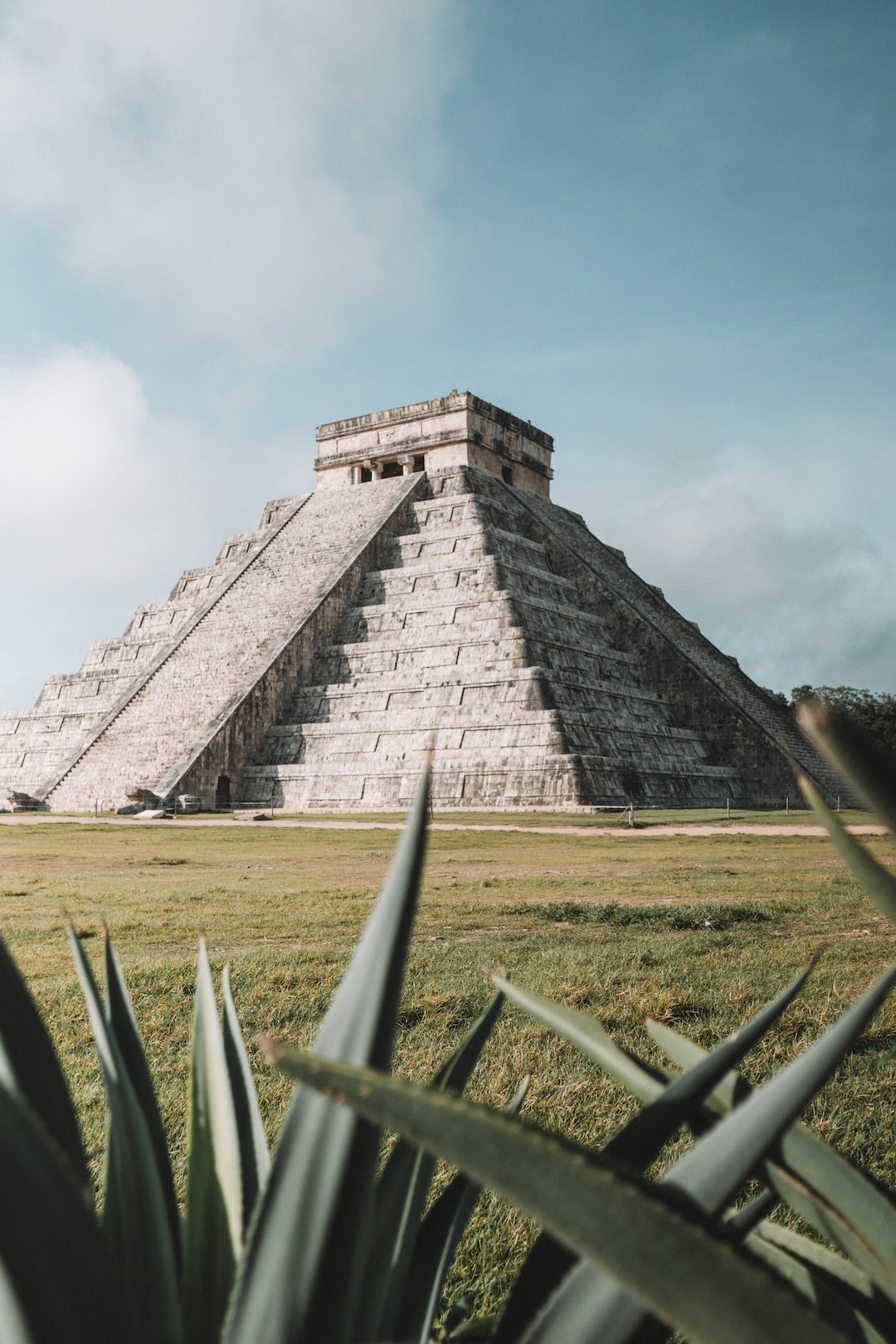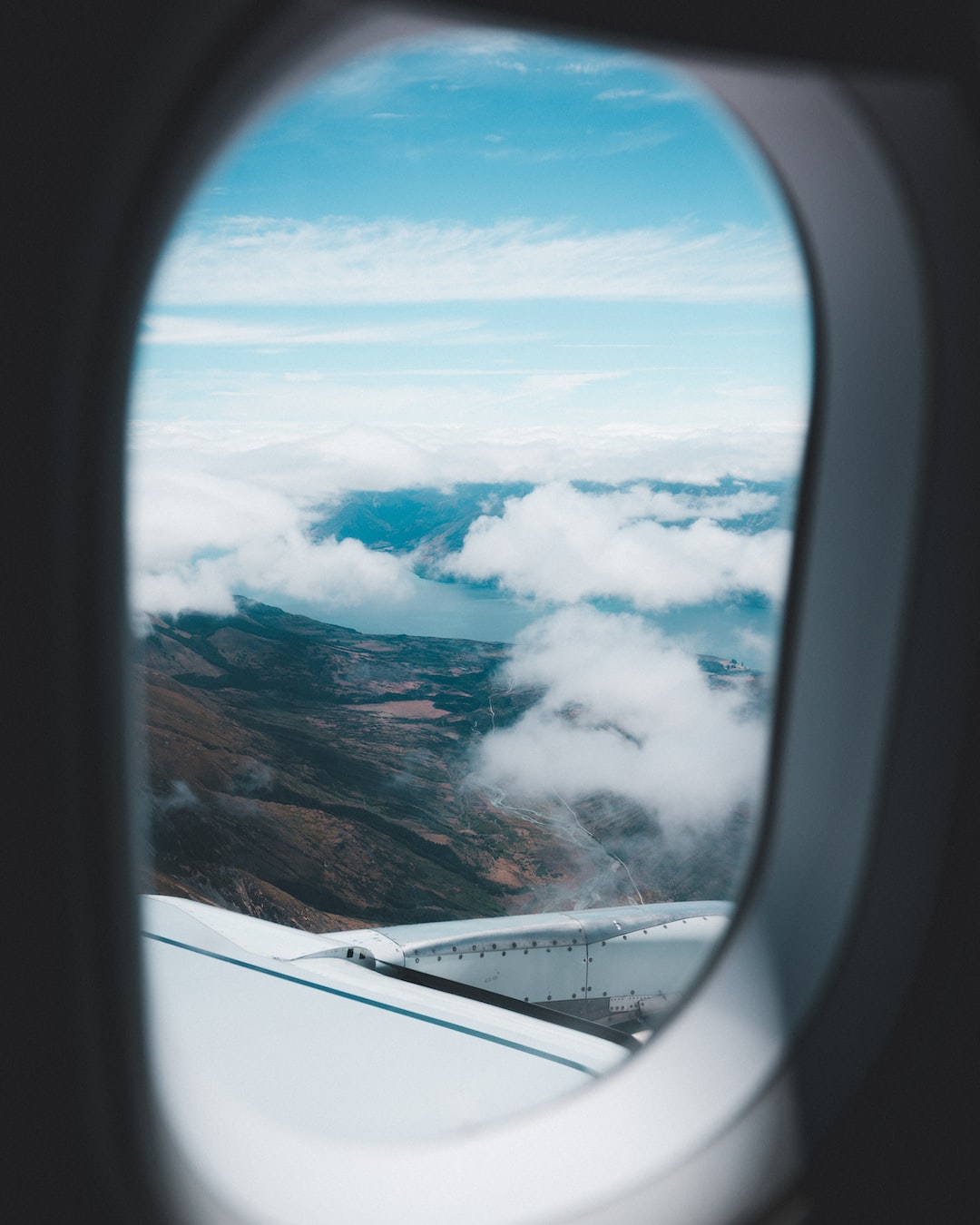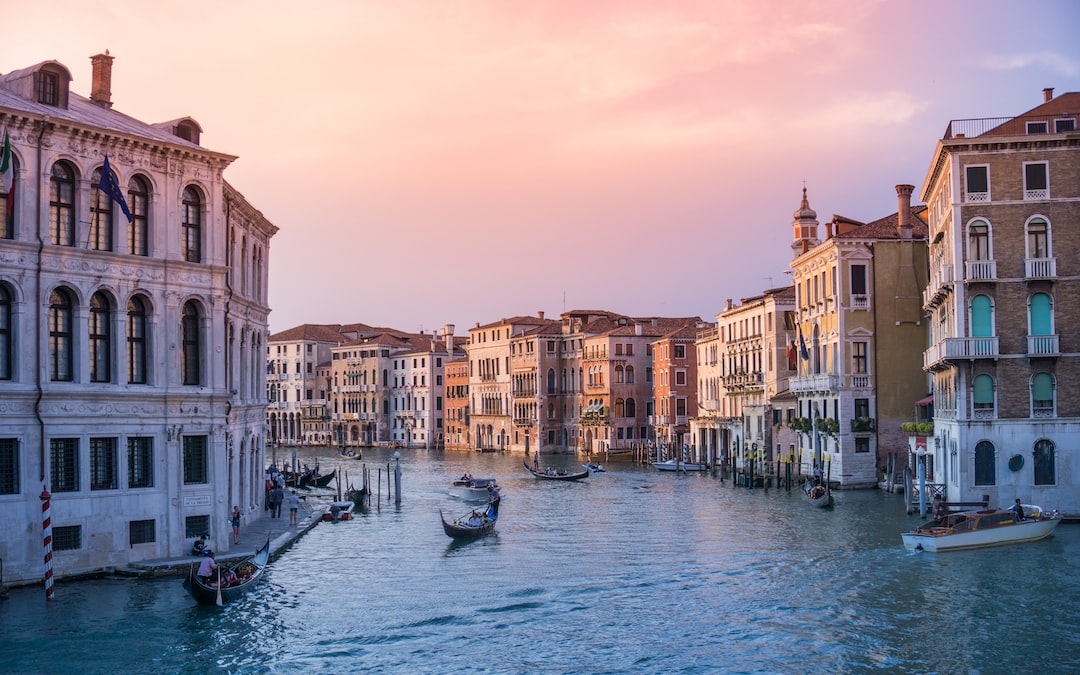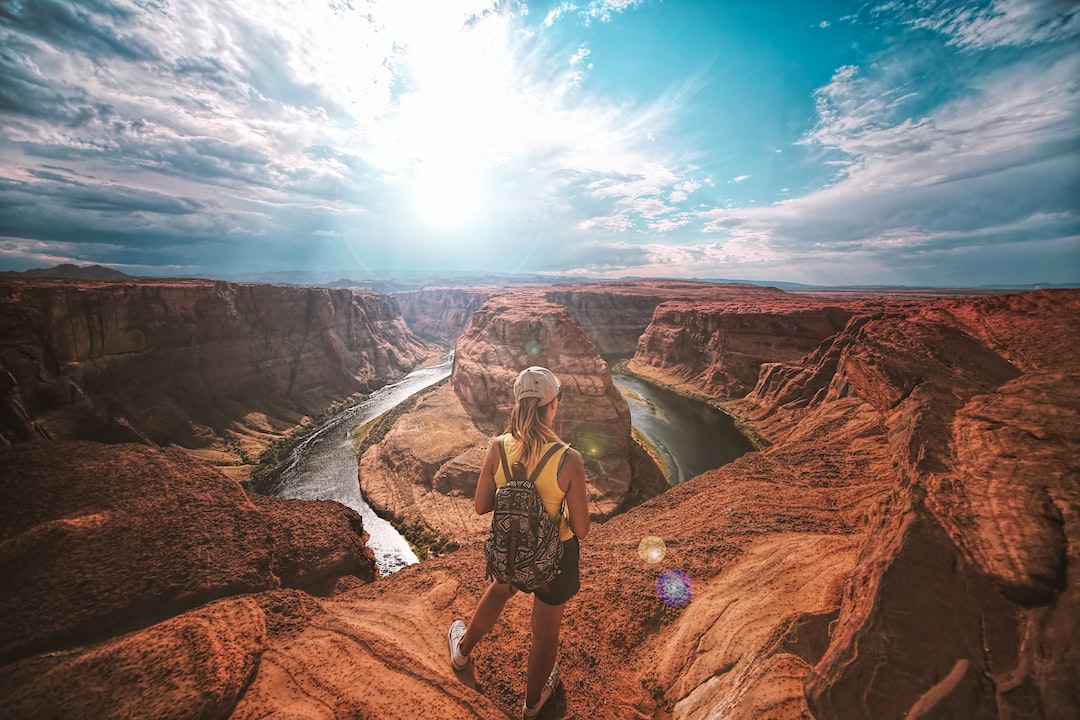The Origins of the Name
The Mornington Peninsula, located in Victoria, Australia, has a unique name that has intrigued many people. The name “Mornington” was given to the peninsula in honor of the second Earl of Mornington, Richard Wellesley. But why was this particular name chosen, and what significance does it hold? Let’s delve into the history behind the name of Mornington Peninsula.
More information - grampians-tours-ausralia.com
The Wellesley Connection
Richard Wellesley, also known as Lord Mornington, was an influential figure in the British Empire during the early 19th century. He served as the Governor of Madras (now Chennai), India, from 1798 to 1805. Lord Mornington had a distinguished military and political career and played a crucial role in shaping British imperialism in India.
Mapping the Peninsula
During the early 19th century, the British Empire was expanding rapidly, and exploring new territories was a top priority. As part of their exploration efforts, the British sent several survey expeditions to map the coastline of Australia. One of these expeditions, led by John Murray, explored and charted the coastline of present-day Victoria.
John Murray, who was a member of the Royal Society of London, had a close connection to Richard Wellesley. Murray decided to name the peninsula after the Earl of Mornington, as a token of appreciation for his support and patronage. The exact reasons for choosing Mornington as the name are not explicitly documented, but it is likely because of Lord Mornington’s influence and standing within the British Empire.
The Significance Today
The name “Mornington Peninsula” continues to be significant not only because of its historical origins but also due to the unique geographical features it possesses. With stunning beaches, wineries, national parks, and charming coastal towns, the Mornington Peninsula has become a popular tourist destination.
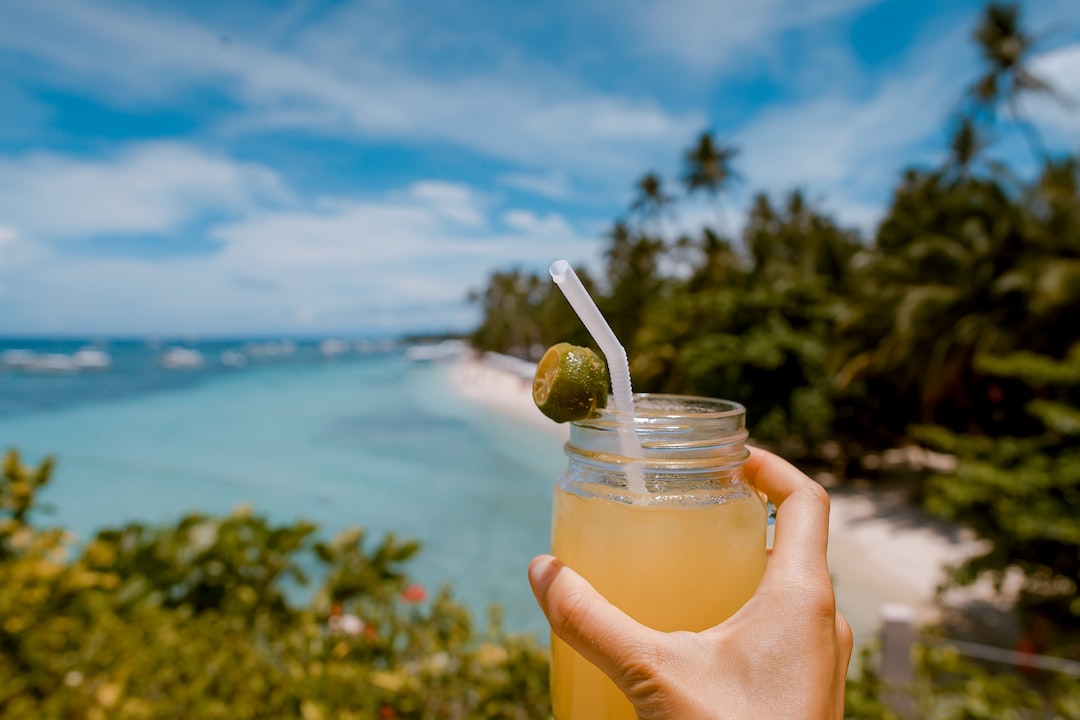
Moreover, the name itself has become a brand, associated with the experiences and attractions that the region offers. From indulging in fine wines to enjoying leisurely walks along the coastal trails, visitors to the Mornington Peninsula can immerse themselves in the beauty and charm that the region has to offer.
A Tribute to History
By retaining the name “Mornington Peninsula,” the region pays homage to its colonial past and the influential figures who played a role in shaping its history. It acts as a reminder of the peninsula’s roots and the cultural significance that it holds.
Whether you are interested in exploring the history, enjoying the natural beauty, or indulging in the culinary delights of the Mornington Peninsula, this unique destination offers a memorable experience that combines the old and the new.
- Discover the historical landmarks and museums that showcase the region’s rich past.
- Immerse yourself in the pristine beauty of the coastal landscapes and national parks.
- Visit the renowned wineries and taste the exquisite wines that the region produces.
Experience the allure and charm of the Mornington Peninsula, and you’ll understand why its name continues to captivate visitors from around the world.
